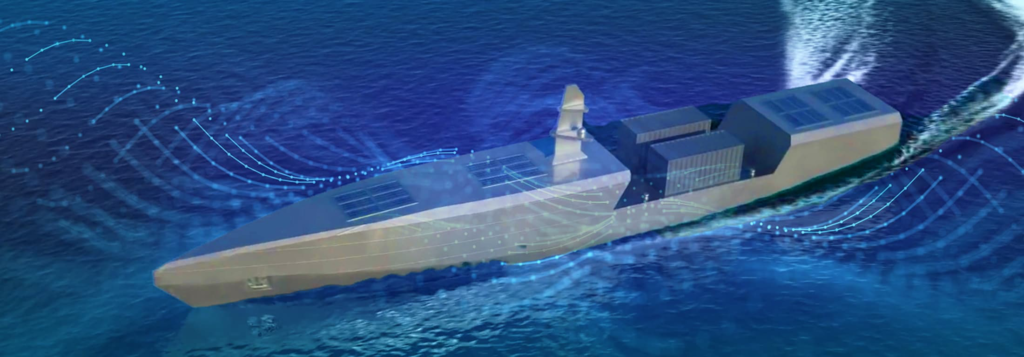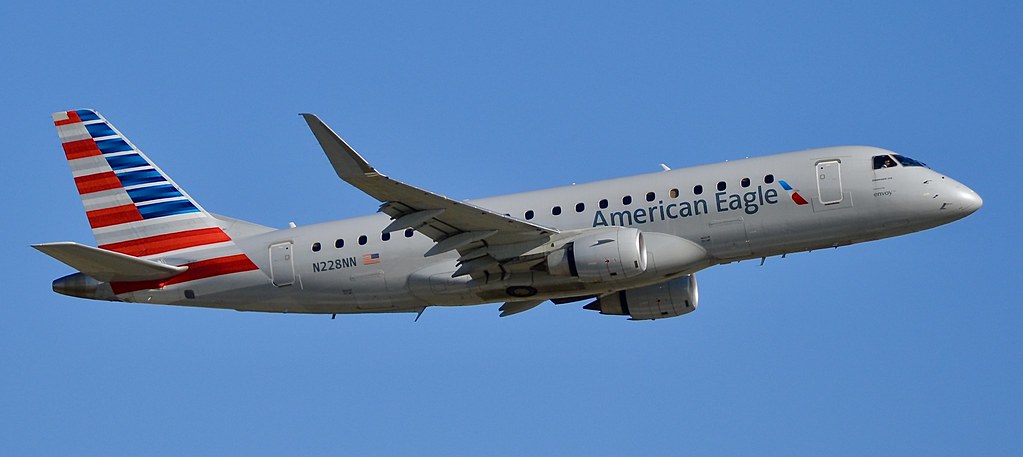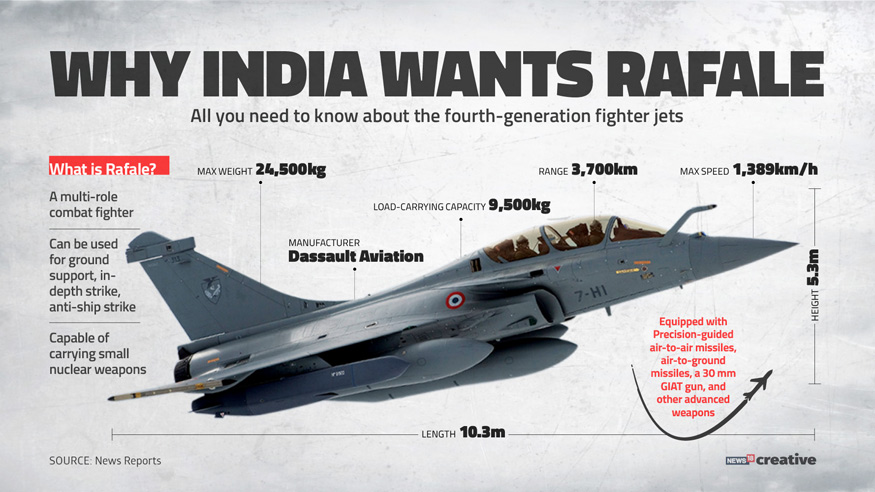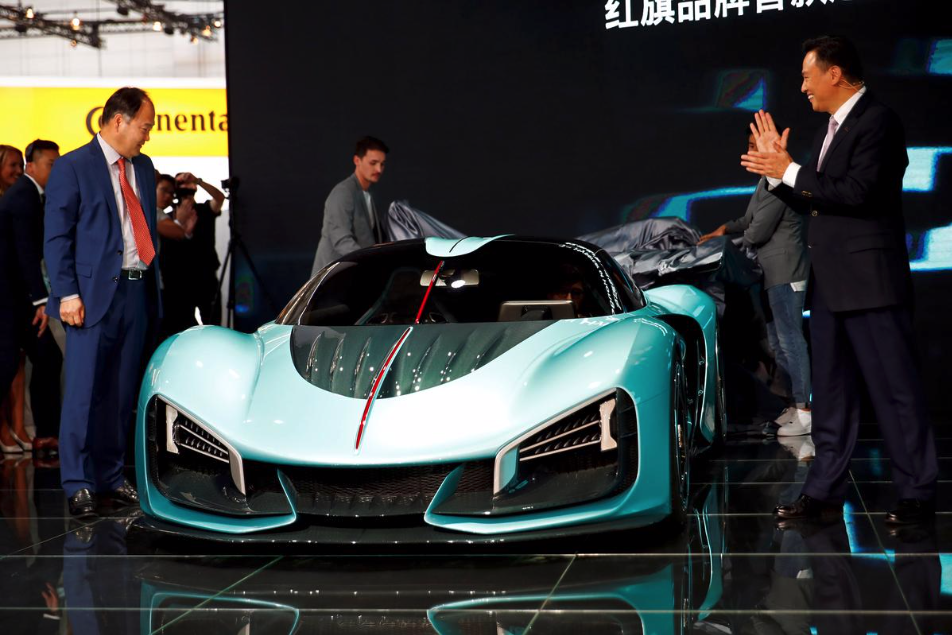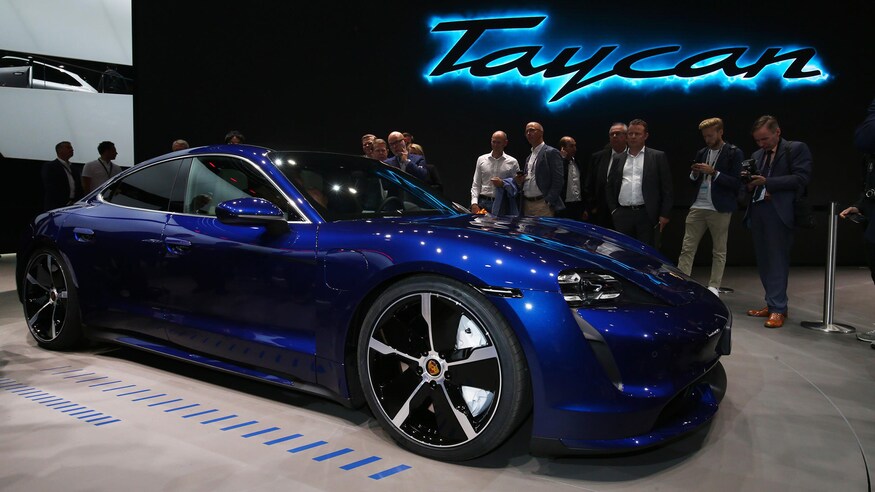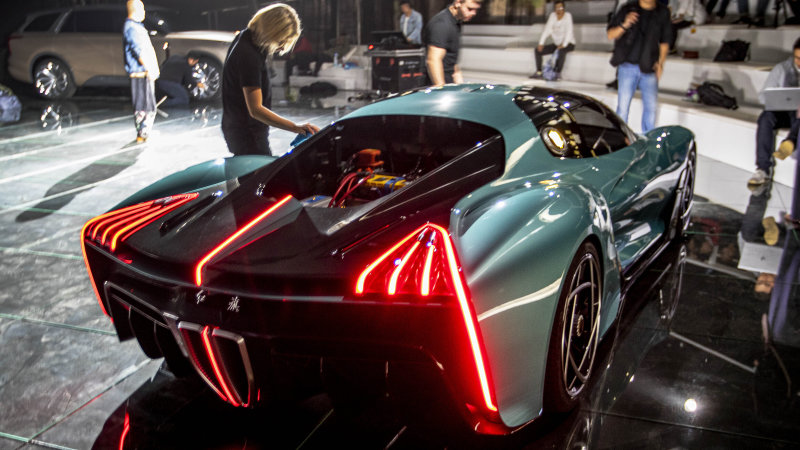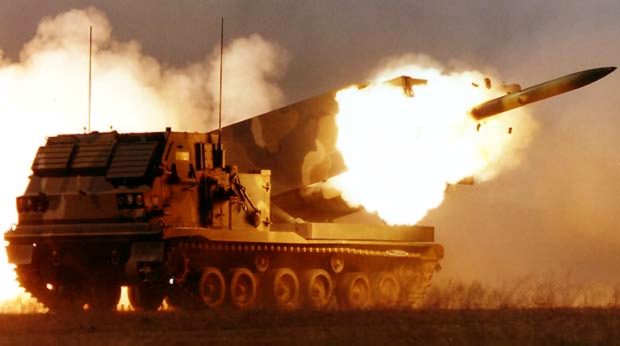Rolls-Royce (London: RR.L) has been awarded funding by the UK Ministry of Defence (MOD) to further develop and demonstrate the Artificial Chief Engineer® technology – an autonomous machinery control system which allows Naval vessels to undertake long endurance missions with less human interaction.
Developed by Rolls-Royce, Artificial Chief Engineer® is a critical enabler for autonomous missions by acting as the equivalent of the engineering department responsible for the health and the operation of an unmanned vessel’s machinery. Navies intend to increase their use of optionally-manned and unmanned vessels to project power further for less cost by reducing reliance on manpower, allowing higher-risk or longer-endurance missions, and by lowering the procurement and operating costs of future platforms.
The funding to continue the development, has been awarded under the UK MOD’s Defence and Security Accelerator Intelligent Ship Phase Two programme, which is used to de-risk and evaluate technologies and approaches to enhance the armed forces’ technical advantage.
Rapid growth in automation, autonomy, machine learning and artificial intelligence (AI) has prompted the need to investigate how human-machine teaming can effectively take place. This 16-month programme aims to investigate how effective human-AI collaboration can be best exploited to improve decision-making and planning within complex operating environments.
Artificial Chief Engineer is an on-board, secure, decision-making control system designed to intelligently operate the machinery of lean-manned and unmanned naval vessels. The technology makes condition-based decisions about how best to operate the machinery – including the engines, propulsion system, electrical network and fuel system – using algorithms to optimise the ship for maximum efficiency, lowest noise, top speed or to preserve damaged equipment as required by the ship’s mission. This reduces the workload of remote operators and allows increased mission and system complexity in future unmanned ship designs.
Intelligent Ship is a Defence Science and Technology Laboratory (Dstl) project to develop novel and innovative technologies and concepts to facilitate the use of intelligent systems within future platforms, with potential for utilisation across defence. The aim is to de-risk and evaluate technologies and approaches to enable revolutionary future platform, fleet, and cross-domain concepts to enhance UK military advantage.
Wrapping around the Artificial Chief Engineer project will be Rolls-Royce’s Aletheia FrameworkTM. This is a ground-breaking standard it has developed to ensure that before artificial intelligence is used all ethical considerations have been fully assessed, and that once an AI is deployed, its decisions are trustworthy. The Aletheia Framework is as part of a campaign led by Rolls-Royce to improve public trust in artificial intelligence so that its full potential can be realized for good across the world.
